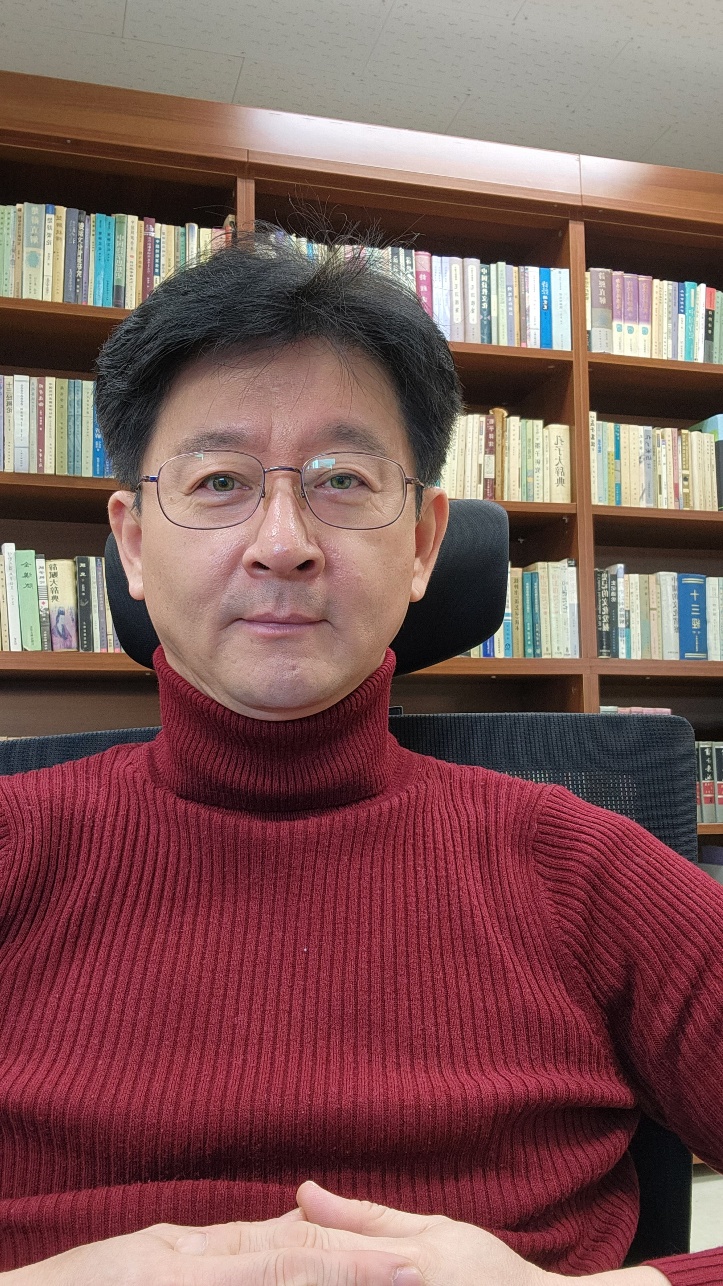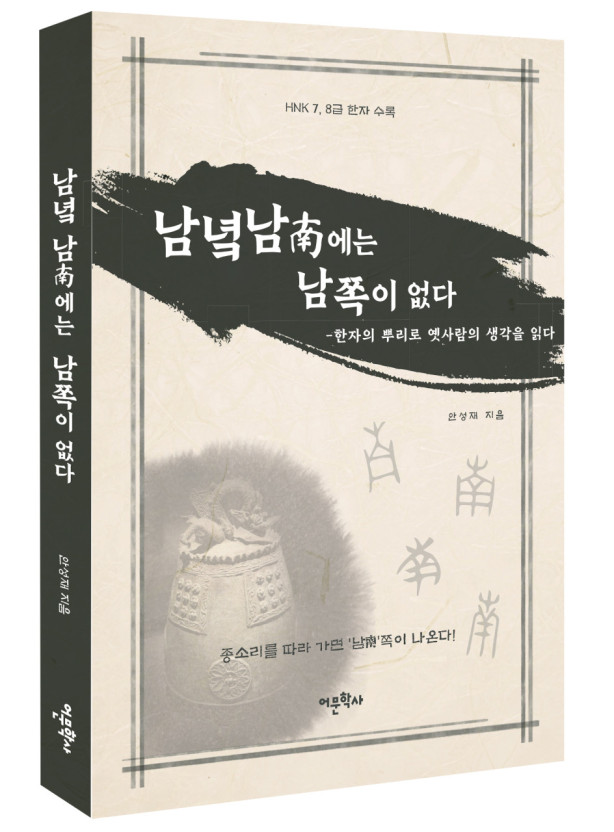Professor Ahn Sung-jae of Incheon National University Graduate School of Education publishes "There is no south in the south: Reading the thoughts of the old people with the roots of Chinese characters" (History of Language and Literature)
- 글번호
- 393484
- 작성일
- 2024-08-29
- 수정일
- 2024-08-29
- 작성자
- 홍보팀 (032-835-9490)
- 조회수
- 1274

Ahn Sung-jae, professor at Incheon National University Graduate School of Education
Ahn Sung-jae, a professor at Incheon National University's Graduate School of Education, published "There is no south in the south: Reading the Thoughts of the Old People with the Roots of Chinese Characters" (History of Language and Literature).
When looking at the origin and meaning of Chinese characters, it usually follows the explanation of "Seolmunhaeja" written by Heo Shin (30~124) during the Donghan period, which was based on the small collection created by Emperor Xi of the Qin Dynasty when he unified the whole country.
However, Professor Ahn, who majored in Yanghan Adviser, which means Donghan Seo, which appeared one after another before the Jin Dynasty and after the Jin Dynasty, found a number of materials that could refute Heo Shin's claims in Moral Sutra, Analects of Confucius, and Yegi. For example, the north of the north is a figure in which a person sits with their backs leaning on them, and originally there is no meaning of north. So, how did it come to mean north?
In 『The Analects』 and 『Wijung』, there is a phrase, "To do politics as virtue, it is like Bukdusung is settled there and several stars are together." This means that if the king is located in the north like Bukdusanseong Fortress and cultivates virtue, many people come and follow him, just like several stars. In other words, North Korea started with the meaning of sitting on its back, and later expanded to the meaning of North, the direction in which North Dusheng, which symbolizes the leader, rests.
Similarly, the southern part is a character based on the shape of the bell (鐘), which originally meant musical instruments and music. Then, when performing ceremonial music in the sky, musicians played musical instruments in the south facing the king, so the meaning of south gradually emerged. Therefore, "Si-kyung", "Junam" and "Sonam" mean "music (work) of Jugong and Sogong", respectively.
As such, Professor Ahn is re-examining the roots of Chinese characters by presenting ancient documents and various photographic materials based on the ancient characters Gapgolmun and Geummun, which are the origins of modern Chinese characters. Through this, it emphasized that Chinese characters are characters that must be understood, not memorized, and helped easy and clear learning through colloquial explanations instead of hard and difficult written language.
In order to meet the level of beginners, the book targeted Chinese characters in grades 7 and 8 of the HNK (Korean Commercial Chinese Character Ability Test), which can be frequently encountered in everyday words, and aimed to provide a place for learning to catch "Chinese characters" and "Chinese" at the same time by combining traditional, simplified, and Chinese venom of each Chinese character.

"There is no south in the south: Reading the thoughts of the old people with the roots of Chinese characters" (History of Language and Literature) is published
- 첨부파일

